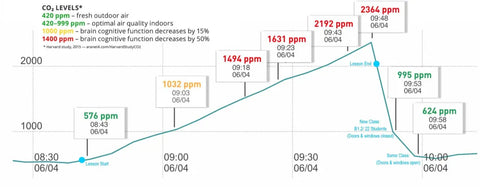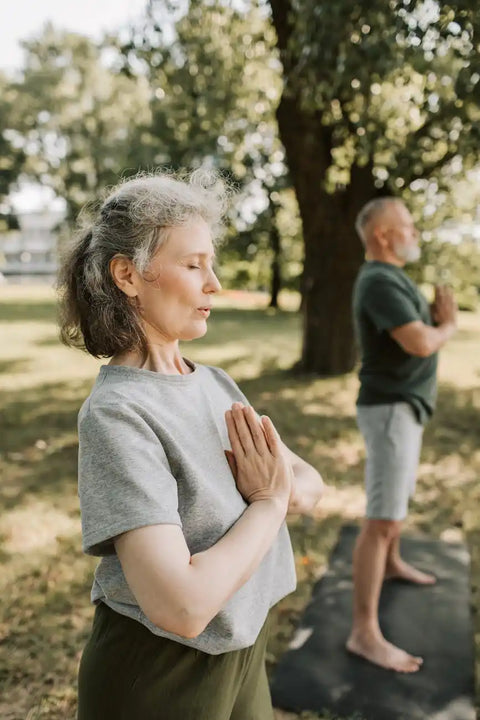On Clean Air
Your Lungs
Your lungs would have the surface area of a tennis court if they were spread out on the ground. They have evolved over hundreds of millions of years – since that first lungfish flopped onto a mud flat and took a gulp of air – to their present state of perfection. Your lungs enable you to take in the oxygen you need to make energy for your body and expel the waste product of that energy-making process, carbon dioxide.
Each time you take a breath, this pink, sensitive, microscopically thin, moist membrane comes into contact with a new batch of air molecules, and also whatever happens to be floating in the air at the time.
This means the lungs are a direct connection from the outside world to the inside of your body.
Carbon Dioxide (CO2)
The importance of carbon dioxide as we talk about breathing healthy indoor air is two-fold:
- The direct effect of raised levels of carbon dioxide on the human brain and its capacity to perform complex tasks. This is very significant, with evidence of impairment at levels as low as 800ppm (the outside air is about 420ppm). School classrooms in Australia are regularly at levels of 2000 to 3000ppm and school buses can reach 9000ppm, which not only makes the kids sleepy, irritable and unable to concentrate, but puts them in danger by doing the same to the driver!
- Raised levels of carbon dioxide are a very useful sign of a poorly ventilated space. If the air in an enclosed space is not being refreshed with outside air, then the carbon dioxide being breathed out by people accumulates, along with the viruses and other infectious particles they are breathing out. This increases infection risk, with the risk increasing rapidly the higher the carbon dioxide level.
For these two reasons, measuring carbon dioxide levels in indoor spaces is a vital part of ensuring you, your family and your colleagues are breathing healthy air.
Airborne Contaminants
There are all kinds of particles floating in the air today, some of which can be irritating and cause potential harm. CO2 Radical provides a range of solutions to help safeguard the air you breathe. These contaminants include:
Infectious Particles
High carbon dioxide (CO2) levels in a room indicate a higher risk of infection
- Infections such as COVID, flu, and RSV spread through the air and are a major risk.
- Knowing the carbon dioxide level indicates the risk of catching airborne infections.
Smoke Particles
Protect yourself from small particles that get deep in your lungs
- Bushfire smoke is a real danger in Australia.
- PM2.5 particles can trigger lung diseases and increase cancer risk.
- Use N95 masks or HEPA filters for protection.
Allergens
Protect against allergies
- Airborne allergens cause hay fever and asthma.
- N95 masks or HEPA filters can help prevent allergic reactions.


